The world of houseplants offers a beautiful array of colors and forms, but few are as captivating as the Green and Red Maranta. Commonly referred to as the Prayer Plant, this botanical marvel is beloved for its stunning foliage and the way it folds its leaves at night, as if in prayer. However, despite its exotic allure, the Green and Red Maranta can be quite temperamental, requiring specific care to thrive.
In this brief article, we will explain how to care for these vibrant houseplants.
Green and Red Maranta Care Guide
Hailing from the rainforests of Brazil, Maranta plants prefer conditions reminiscent of their native environment. They require consistent warmth, high humidity, and exposure to indirect sunlight. Recreating these conditions in your home ensures that your Maranta thrives and displays its full, vibrant foliage. Here are some guidelines to help you get started:
Light Requirements
A common mistake many new Maranta owners make is providing the plant with too much direct sunlight. While it might seem counterintuitive, the intense rays can bleach the vibrant colors from Maranta leaves. This exposure results in a faded and lackluster appearance that robs the plant of its natural beauty.
Instead, Marantas thrive in conditions that mimic the dappled sunlight of a rainforest floor, where sunlight filters through the dense canopy above. To replicate this, place your Maranta near a north or east-facing window, where the light is bright but diffused. This setup will provide the plant with the indirect light it loves.
Also, it's essential to give your Maranta a quarter turn every week or so. This regular rotation ensures that all sides of the plant receive an equal amount of light, which encourages balanced growth and prevents the plant from growing lopsided.
Temperatures and Humidity
Just as Marantas have particular light preferences, they also have specific temperature and humidity needs. Their tropical origins mean Marantas thrive in warmer conditions, ideally between 65°F and 85°F. Anything colder, particularly temperatures below 60°F, can hinder the plant's growth and cause the leaves to curl or turn brown at the edges.
Humidity is another critical element in Maranta care. These plants evolved in the humid atmosphere of rainforests and, as a result, do not fare well in dry conditions. In order to replicate the moist air of their natural habitat, consider employing a few strategies. Regular misting, placing your plant on a pebble tray filled with water, or using a humidifier can all help maintain the high humidity levels that Marantas crave.
However, while Marantas love humid conditions, they don't enjoy being wet. Therefore, when misting, ensure that the underside of the leaves remains relatively dry to prevent the onset of fungal or bacterial growth. Striking this balance between sufficient humidity and excessive wetness is crucial to keep your Maranta healthy and thriving.
Watering Maranta Plants
The Maranta plant, like many rainforest natives, thrives in consistently moist soil. This need harks back to their origins in the damp undergrowth of tropical jungles, where the soil retains moisture but also allows excess water to drain away. As an indoor plant, striking the right watering balance for Maranta can be a fine art.
Overwatering your Maranta can lead to a condition known as root rot, a common plant disease that occurs when roots sit in waterlogged soil for too long. This lack of oxygen combined with damp conditions is a breeding ground for fungi that cause the roots to decay. You'll notice the signs of root rot if your Maranta begins to wilt, its growth slows, and it may eventually die if left unchecked.
On the other hand, underwatering can lead to another set of problems. Brown and crispy leaves are usually a clear indication that your Maranta is not receiving enough water. The soil may become too dry and hard, making it difficult for the roots to absorb the necessary moisture.
To keep your Maranta healthy and hydrated, aim to water it when the top inch of the soil feels dry to the touch. This approach ensures that your Maranta receives enough water without becoming waterlogged. During warmer, drier periods, or if your plant is in a particularly sunny spot, it may require watering more often to account for the increased rate of evaporation.
Feeding Your Maranta
Like any other living being, Maranta plants require food - in their case, it's in the form of fertilizer. During the growing season, which typically spans from spring to early fall, feed your Maranta every two weeks with a balanced liquid fertilizer. This regular feeding schedule provides a steady supply of nutrients, supporting the growth of new leaves and maintaining the vibrancy of the existing foliage.
However, when it comes to fertilizing Maranta plants, the adage of 'less is more' holds particularly true. Marantas are sensitive to over-fertilization, which can cause leaf burn, visible as brown or yellow spots on the leaves. This is a sign of nutrient toxicity, which happens when the plant receives more nutrients than it can use or store.
To avoid over-fertilizing, dilute the fertilizer to half the recommended strength. This gives your Maranta mild, steady supply of nutrients that better replicates the slow-release of nutrients they would experience in their native rainforest habitat. Remember, it's easier to add more fertilizer to a plant that's showing signs of nutrient deficiency than to reverse the effects of over-fertilization.
Embracing the Beauty of Marantas
Embodying a lively blend of striking colors and fascinating movements, the Green Maranta and Red Maranta both bring an element of spectacle to any indoor plant collection. Their alluring foliage, marked by unique colorations and patterns, commands attention and elevates the aesthetic appeal of any space they inhabit.
True, Marantas demand a little extra care and attention compared to some other houseplants. But it's also true that the captivating beauty and dynamic character of these plants more than compensate for the effort. Their distinctive day-night leaf movement alone is a sight to behold, a charming spectacle that adds life to your indoor garden.
Ready to add a Maranta to your indoor plant collection? Discover a wide range of Marantas and other beautiful houseplants at Varnish&Vine.
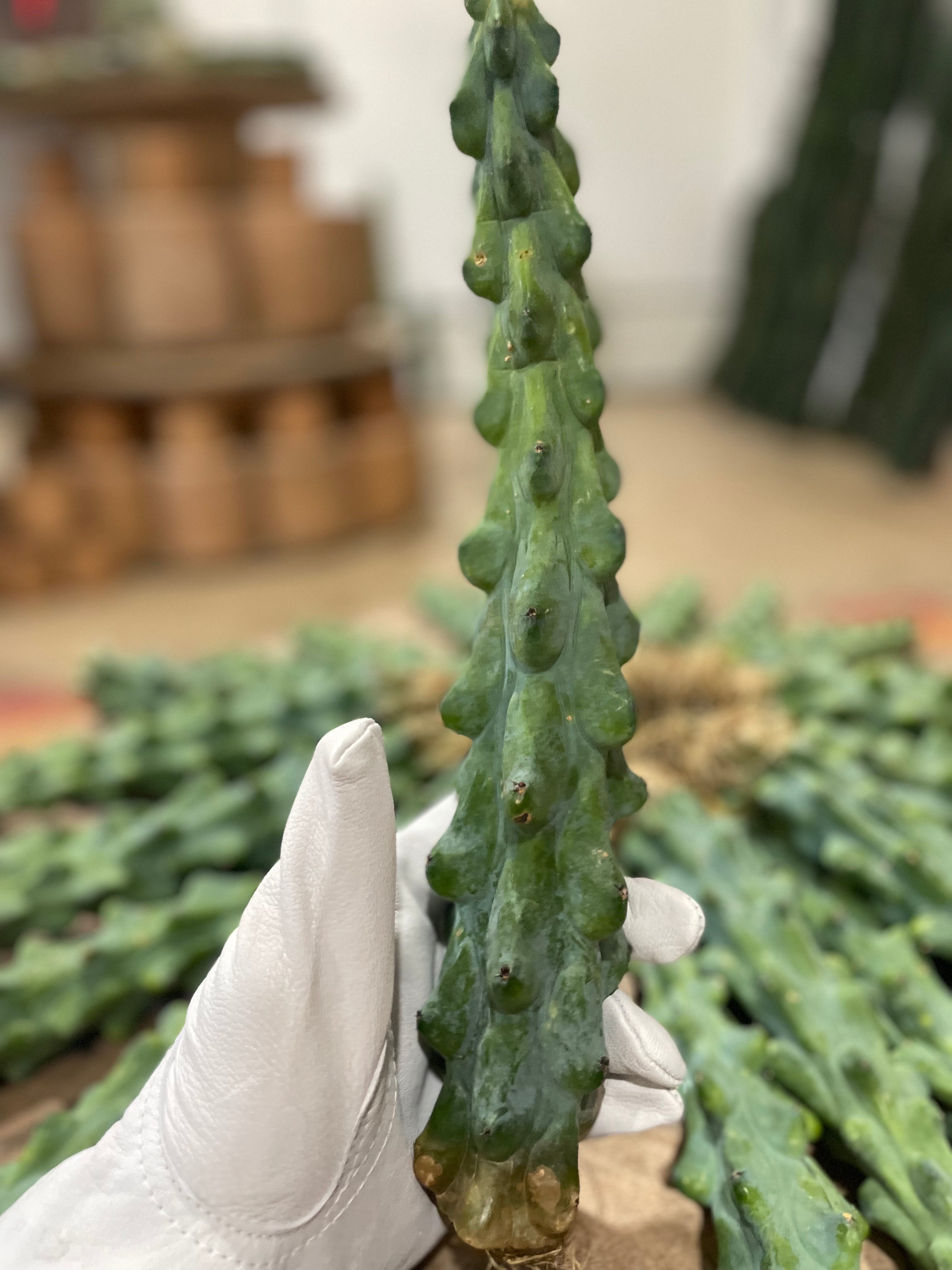
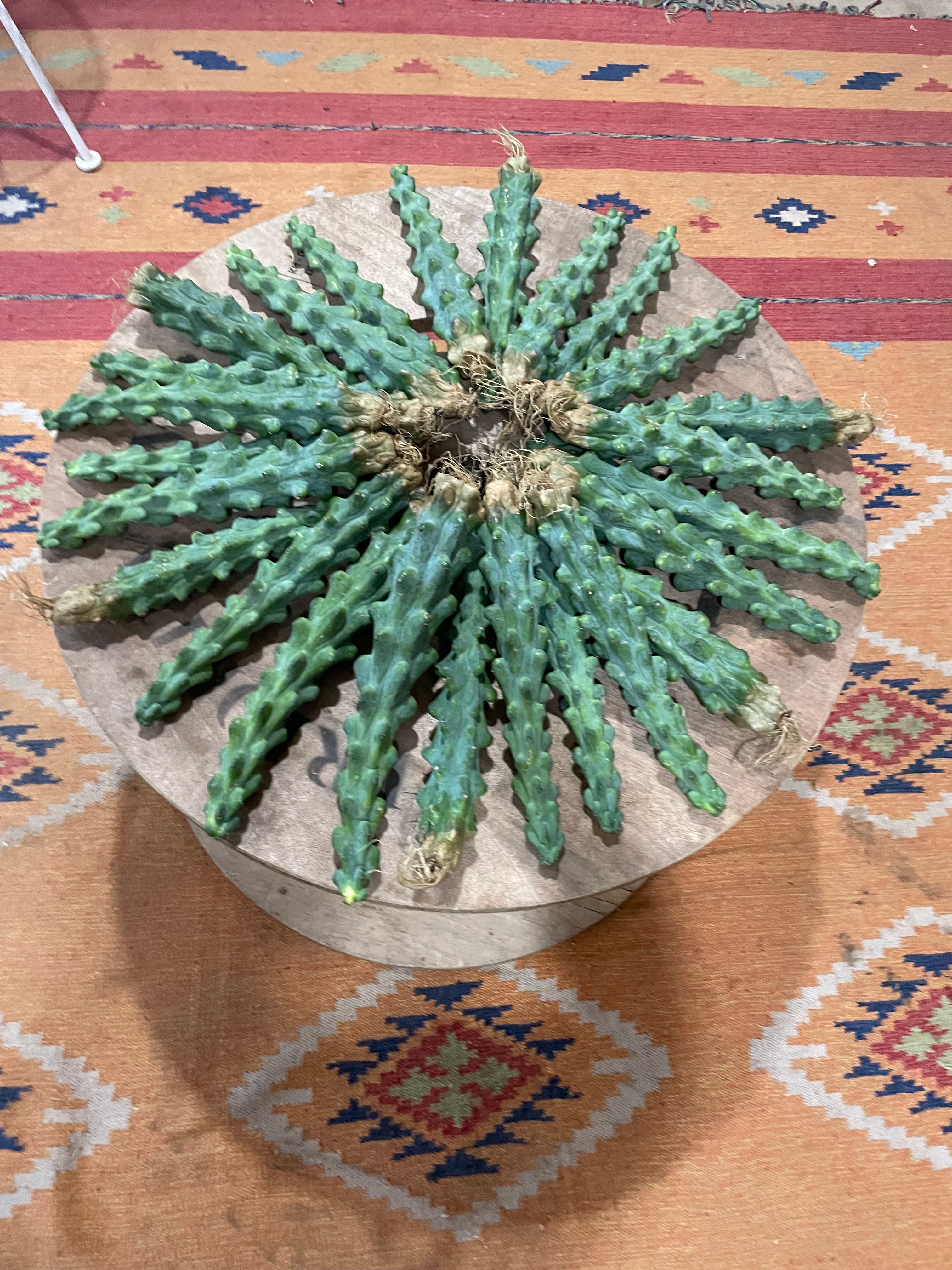
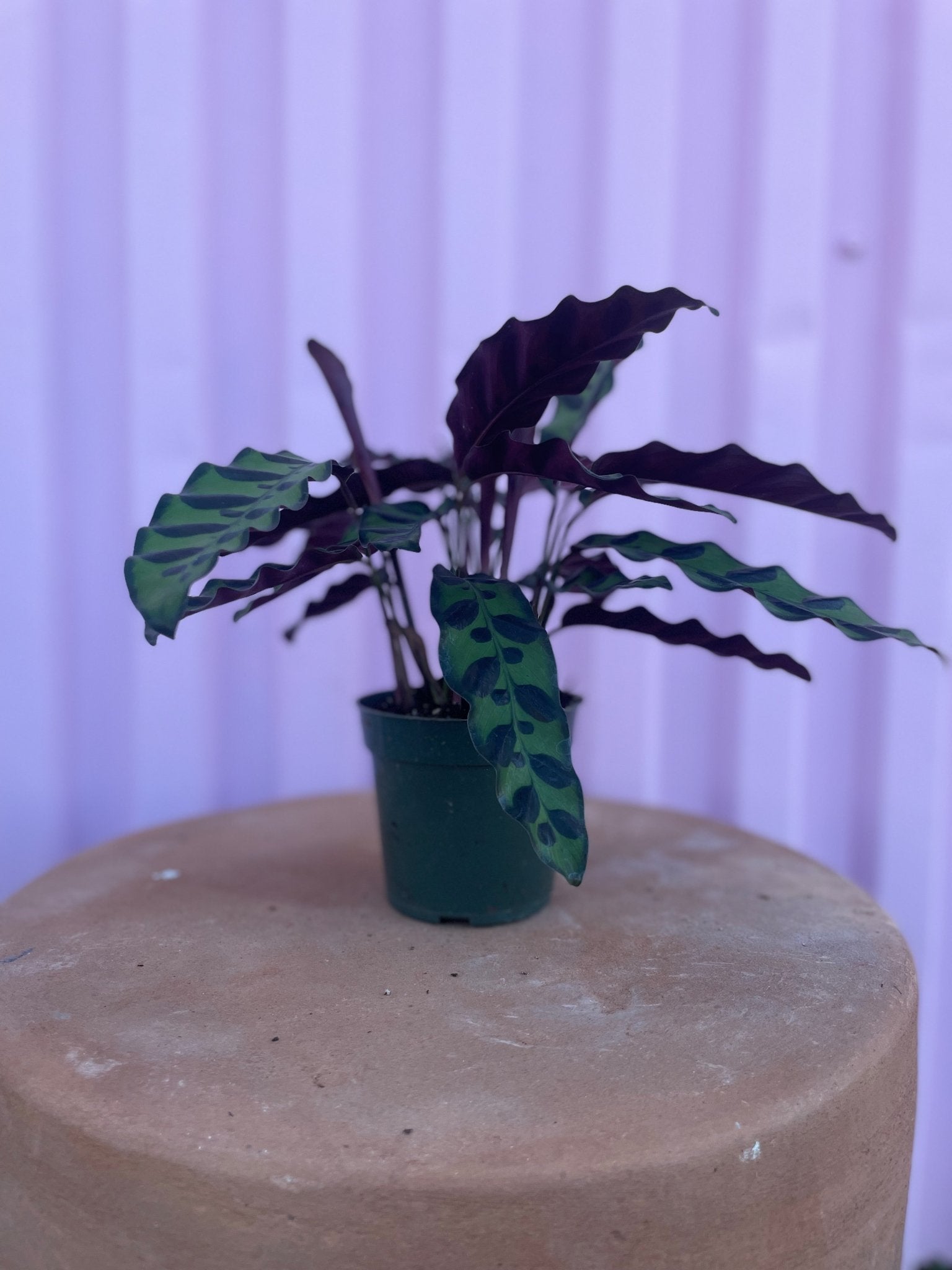
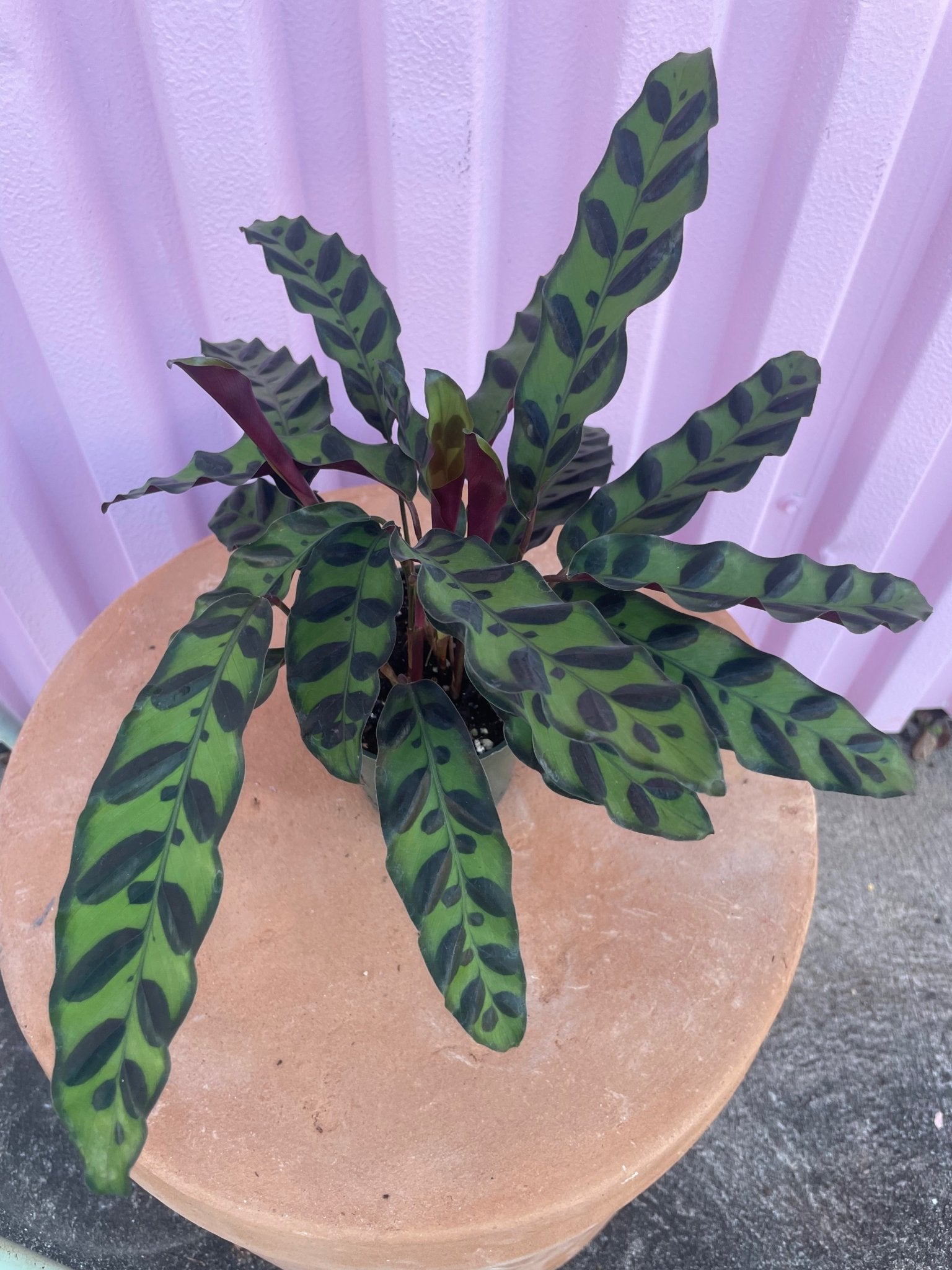
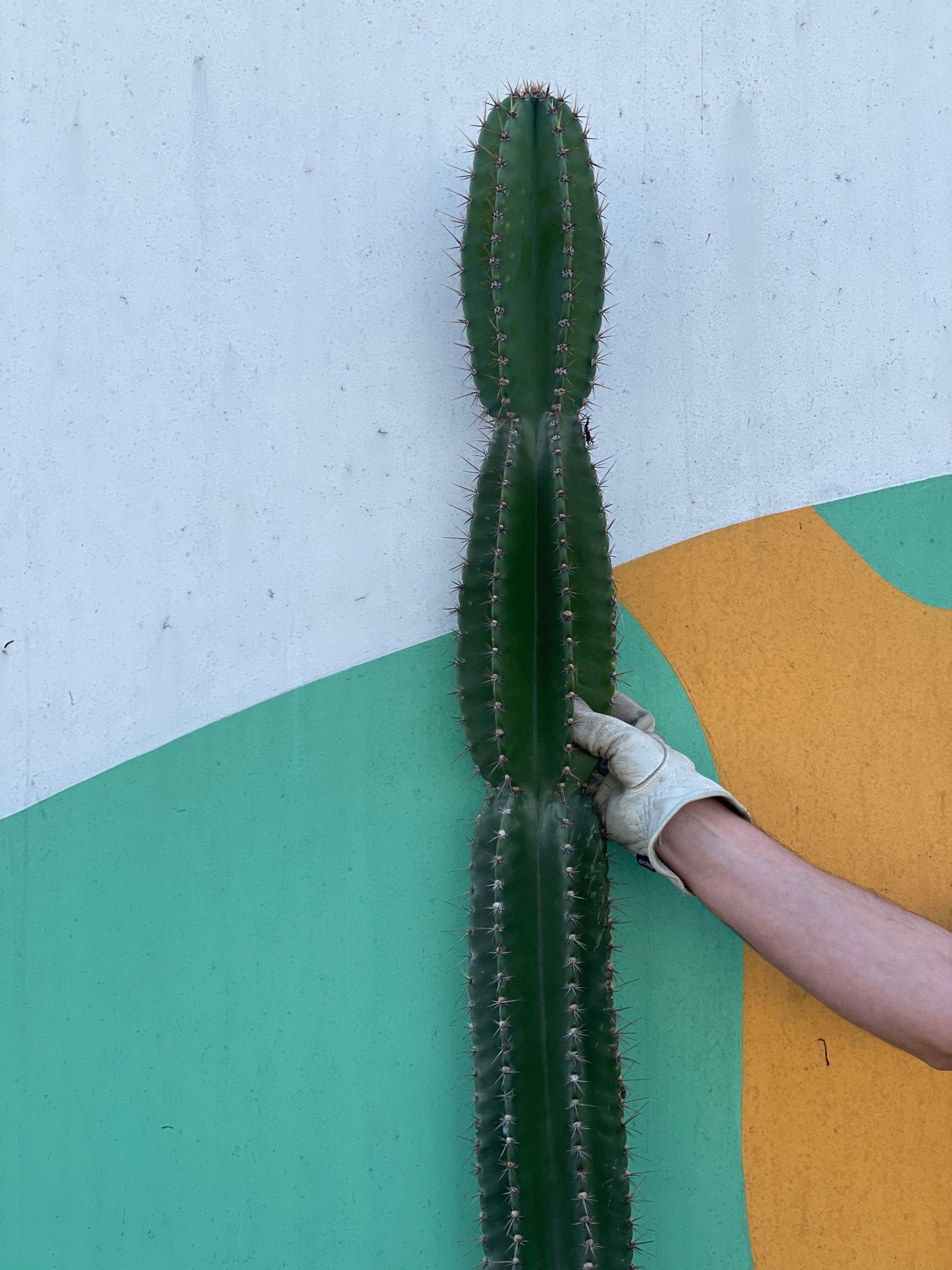
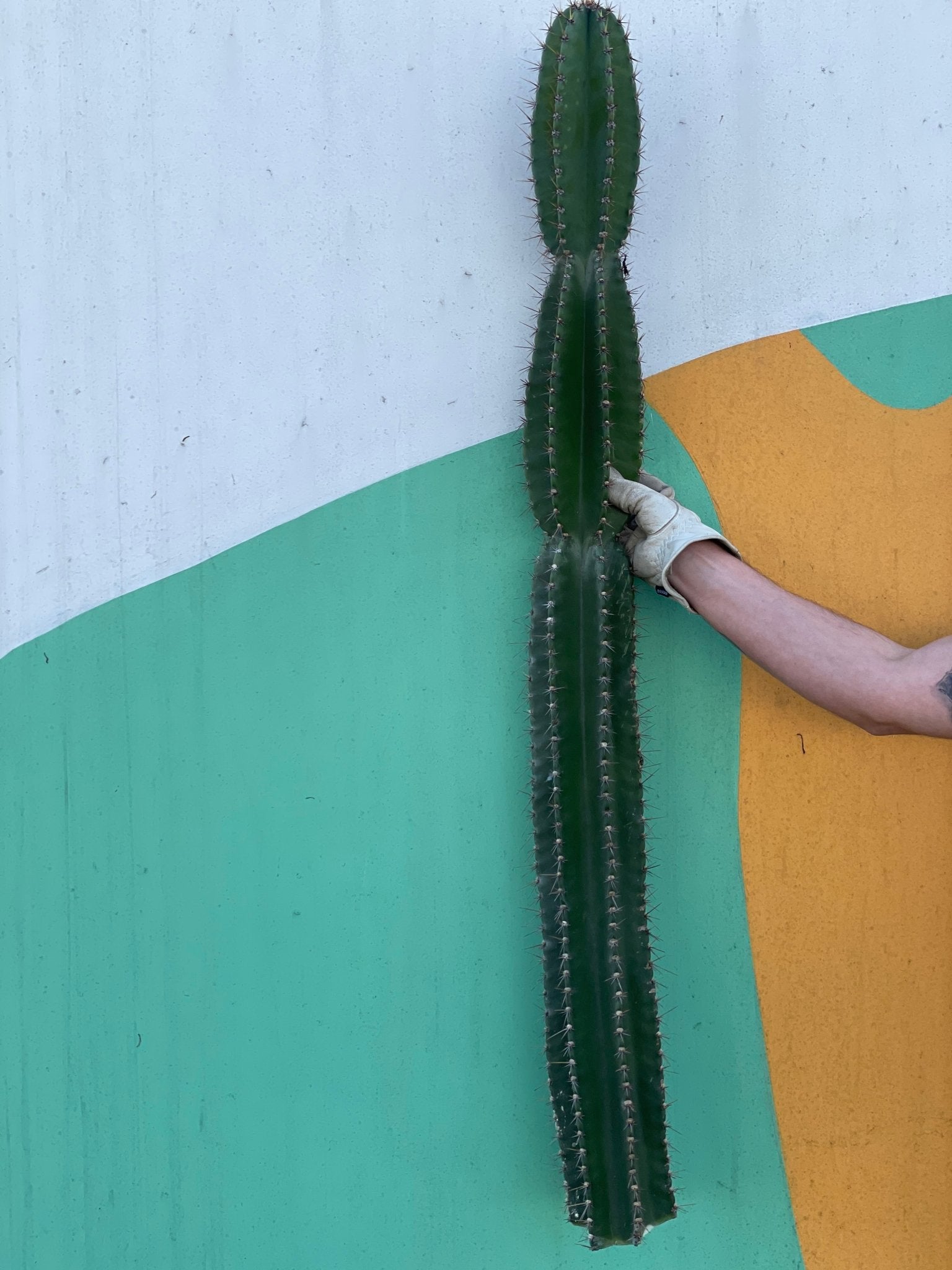
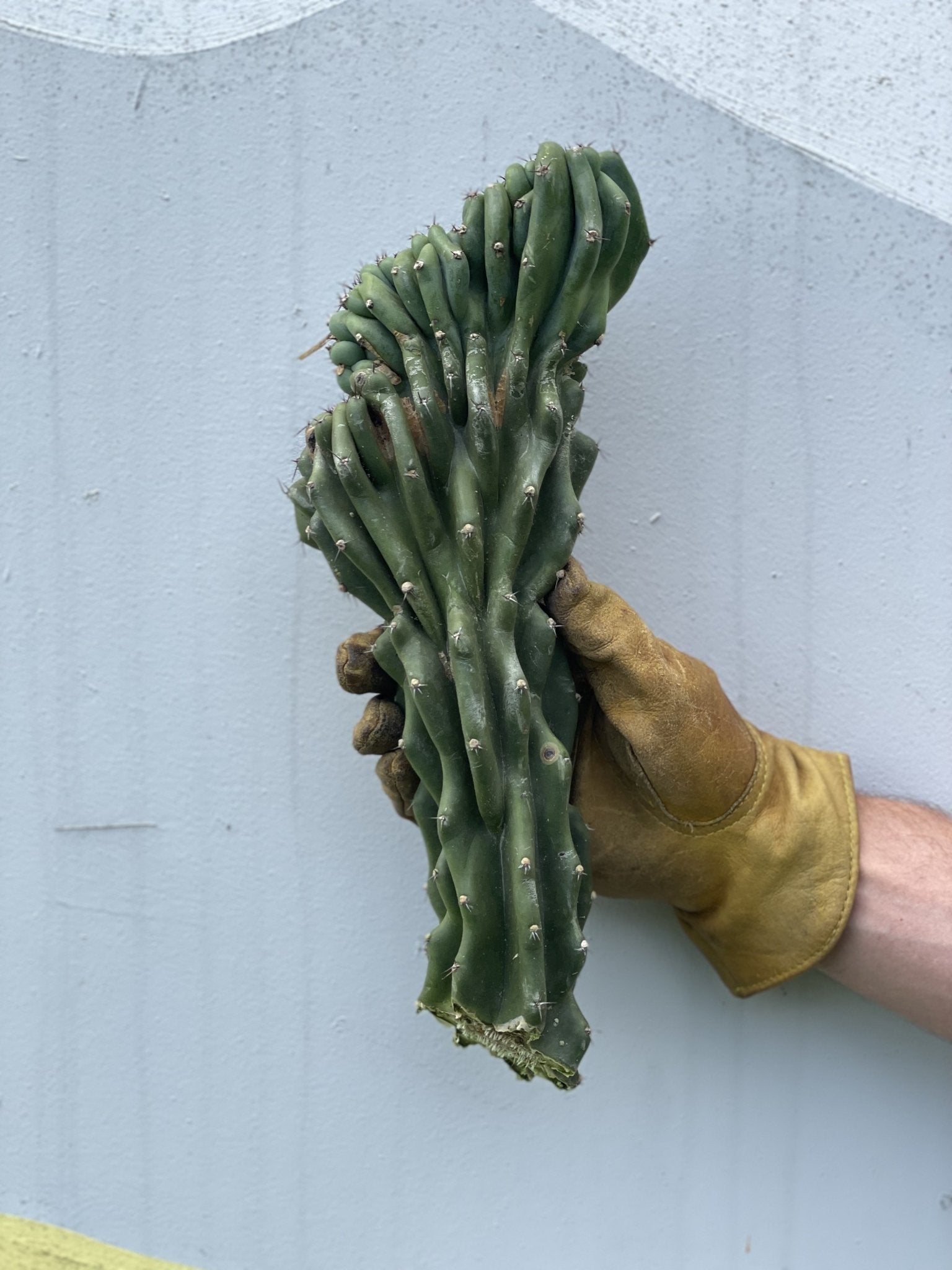
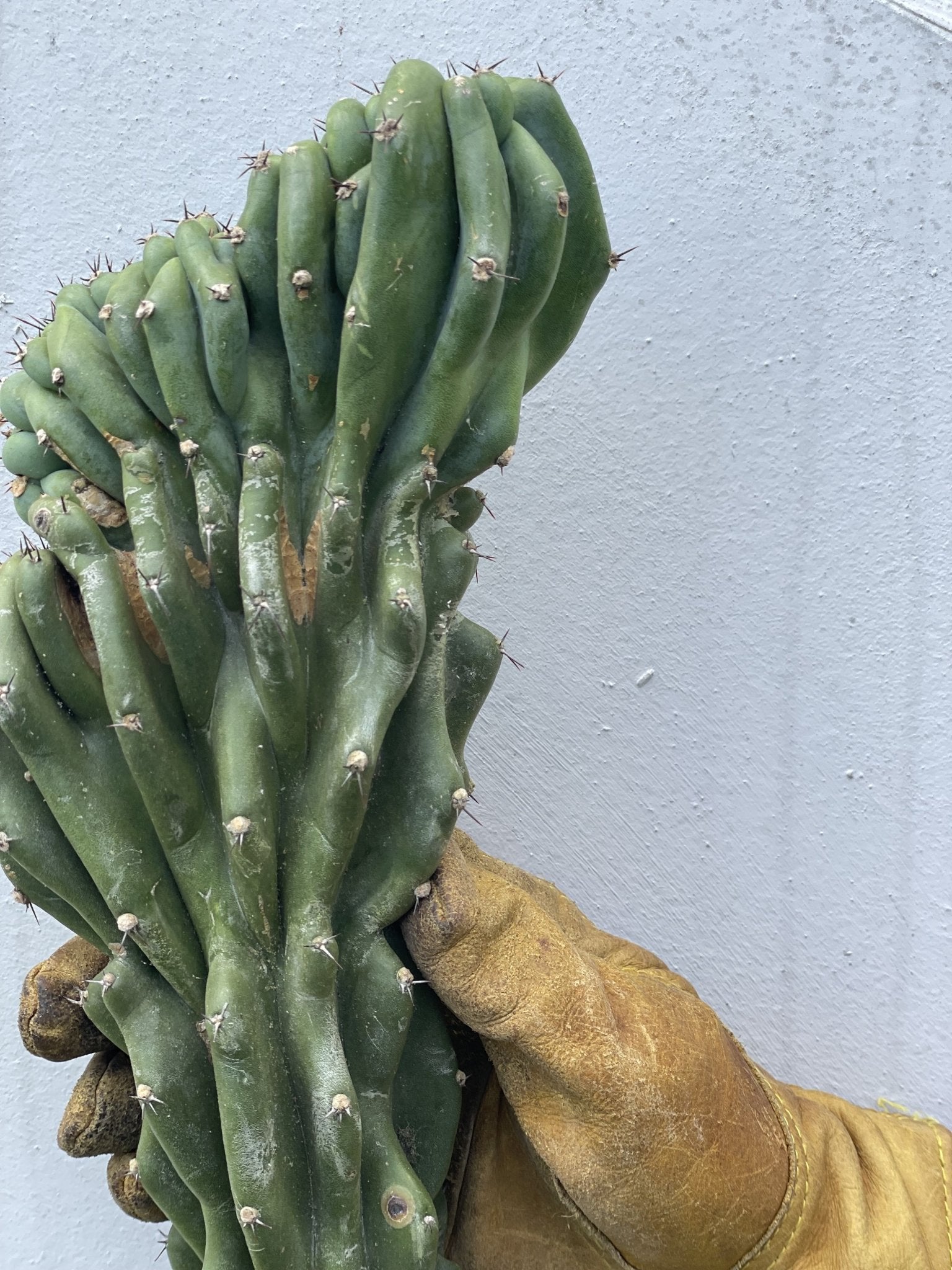


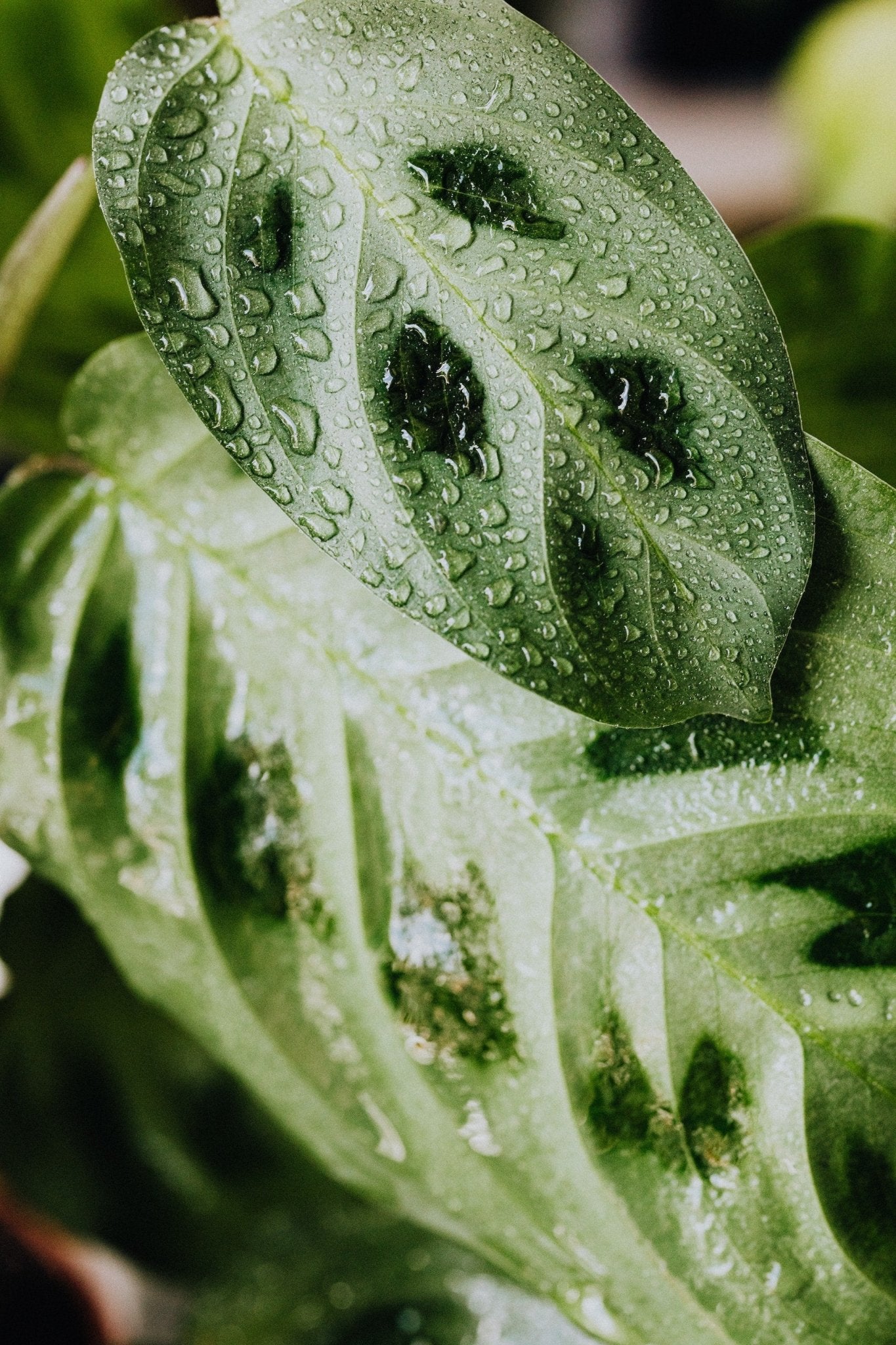
Leave a comment